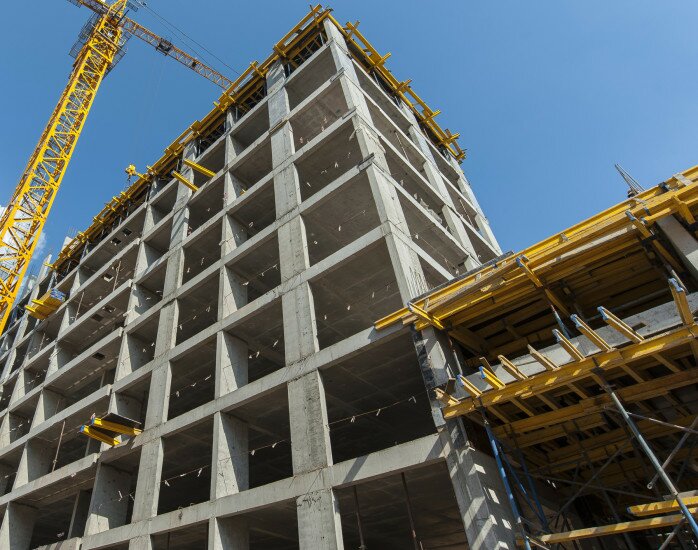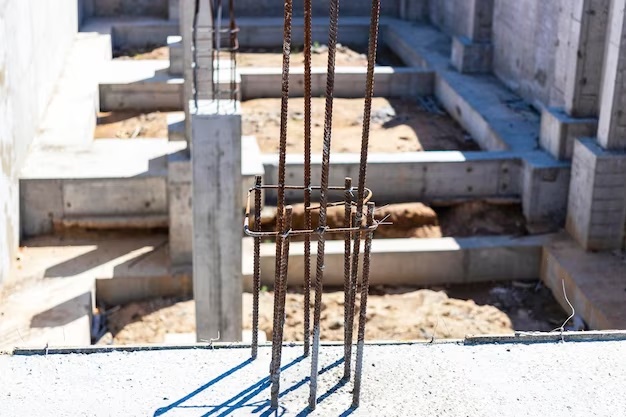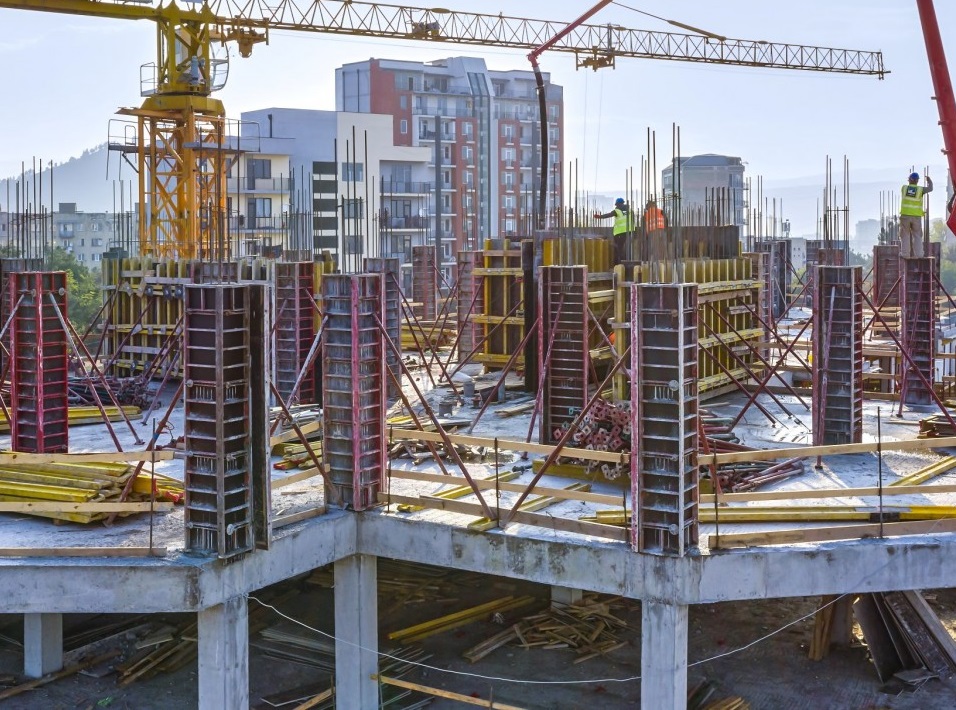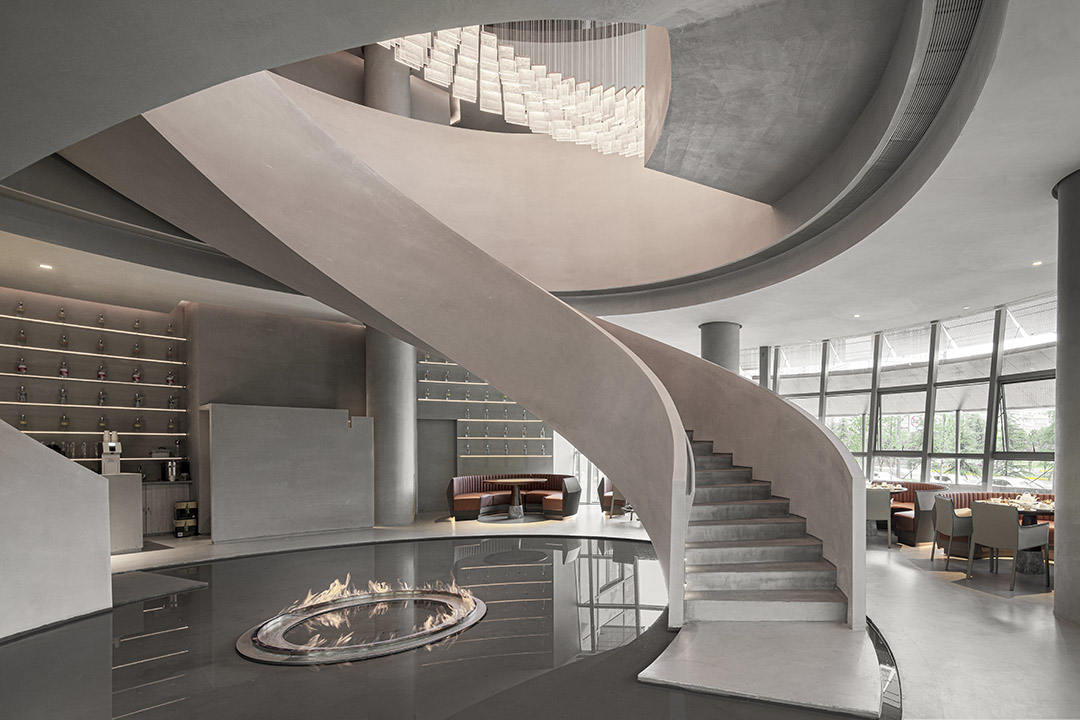How to store scaffolding in winter?
12 January 2026

Monolithic construction is a method of constructing a building by pouring concrete into formwork forms, inside which reinforcement is installed.
A monolith is an integral object that is created not by connecting disparate parts (bricks, blocks, panels), but by casting walls and ceilings from concrete. A monolithic building is erected floor by floor by pouring the concrete mixture into the formwork, tying the reinforcement together, waiting for the concrete to harden, and again installing the wall formwork and pouring concrete into it. This structure has no seams, joints, or cracks. Houses built in this way are allowed to be built even in seismically hazardous areas.


Monolithic construction technology is used for the construction of high-rise buildings and private cottages. There is a nuance - walls can be erected using the method of monolithic construction or monolithic frame construction, where, along with the technology of casting walls from concrete, brickwork or masonry from building blocks, for example, ceramic block, is used.
Because a house built using the monolithic construction method can have the most original shapes - corner windows, panoramic rooms, apartments without internal load-bearing walls, where the layout is done by the owners themselves. To build a private cottage, this is an ideal way to realize all the ideas of future owners so that they get the home of their dreams.

For monolithic construction, formwork is needed: vertical for casting walls and horizontal for creating floors.
Call us if you need formwork for monolithic construction!
You may be interested in the article from the blog “Formwork racks - what and how are they used for?”